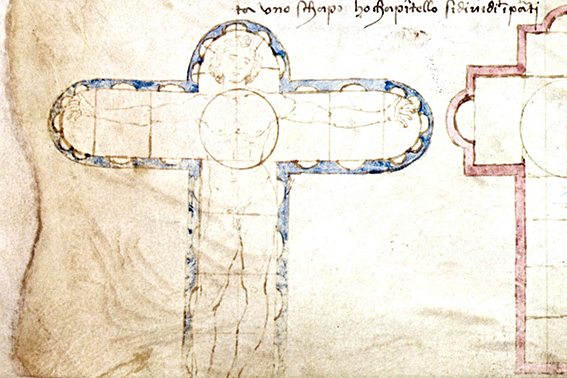The architecture of the Mystical Body
How to build churches after the Second Vatican Council
DOI:
https://doi.org/10.17979/aarc.2009.2.1.5035Keywords:
Mystical Body, Church, Vatican II, contemporarityAbstract
The generic theme of this congress is contemporary religious architecture. And the specific issue asks us to consider contemporary sacred architecture within a dialectical framework between concept and identity. For me, the key term is contemporary: of our time. This seems to presuppose a particular historical consciousness: of what we understand - or at least of what we believe - that our specific place in history demands or obtains: a way of thinking about sacred architecture that is respectful of our contemporary situation. This also suggests that our current response may well be different from that of past eras.
But each era is contemporary. And all we can do is contemporary architecture. We simply can not think of architecture except as contemporaries of our own time. We can no longer transform stone into sculpture with the vision and mind of a medieval stonemason. Nor are we already occupied with the controversies of the Counter-Reformation that made up the magnificent Baroque churches. We are no longer involved in the Christological debates that influenced the architectures of the churches in the time of Justinian. Neither the movement of the Gothic Revival is understood as a modern interpretation of an authentic medieval building. Neither Renaissance classicism can be confused with that of an ancient Greek or Roman temple, just as none of these contemporary neo-classical churches could be confused with the work of a Renaissance genius, such as Palladio, Bramante or Alberti. So I think the fascination with the contemporary concept is problematic.
In spite of everything, this question of contemporary sacred architecture seems to be the dialectical nucleus in which architects and liturgists have been engaged for the last hundred years, more or less. I must point out that we need to respect the particularities of our time, and that it is useful to examine to what extent they should influence our decision-making, and what values are being introduced in our approach to sacred architecture. But the degree to which they could influence our approach to sacred architecture is much more limited.
Downloads
Metrics
















